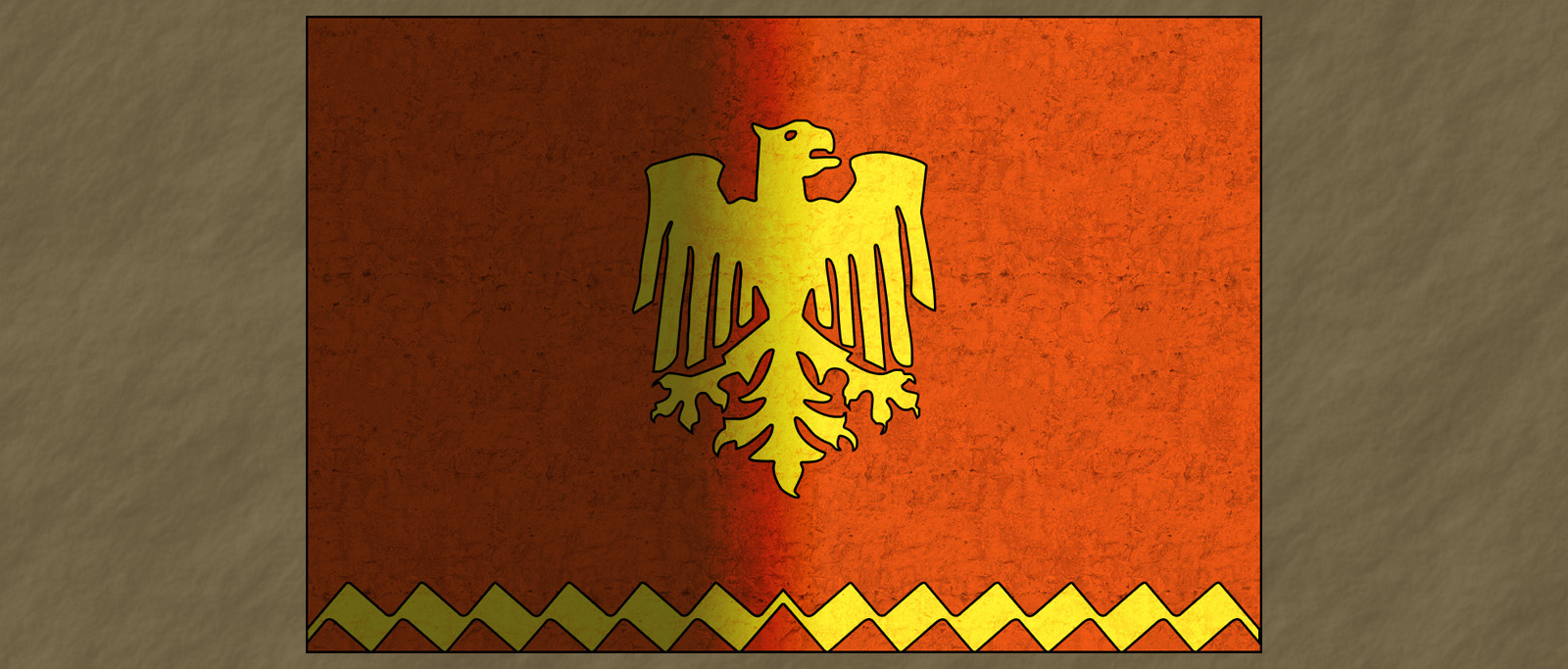The Grand Coliseum of Vofencio
In our Imperial history, the gladiator was more than he is today. The Grand Colosseum was not only a place for sport, entertainment and administration, but also a place for slaves to find freedom, for non-citizens to join Rumain society proper, and for plebeians and common soldiers to find upward mobility. In those days, the gladiator wagered life for opportunity. Their prize was honour, freedom and responsibility. To lose was to die. There were not the chirurgeons we have on-hand in today's gladiatorial spectator fights. There were rarely the grand melees you will find played out there today. It was gladiator against monster, or rarely gladiator against gladiator. It was not until Emperor Teomarius' reign that Ruma saw the spectacle fights common today.The Rumain architect Vofencio designed the Grand Coliseum to imitate and surpass the Lymian coliseums. Like the structures it sought to emulate, it was round. It rose ten stories from the ground, and stretched for five floors beneath the earth on which it was built. Constructed from wood and marble, the Grand Coliseum outlived the Empire that saw its construction, and remains today as a symbol of Ruma.
Original Purpose
Ruma sought to distance itself from its Imperial predecessor. The Lymian coliseum was a place of blood sport, of life and death, glory and gore. Vofencio wanted to retain the honour and glory that captured his heart, yet wanted to elevate Ruma's enlightened society. He approached the senate with a proposal to construct the Grand Coliseum as a place where freedom could be won. In pursuit of this dream, the Grand Coliseum was designed to not be a simple arena. The Grand Coliseum housed and officed a fleet of administrators who oversaw the running of the establishment, the gambling, and the registration and release of combatants. The Coliseum was designed to be a self-sustaining community, and took advantage of Rumain advances in architecture and the growing understanding of magic.Beneath the arena were the cells for combatants. These cells were respectably appointed, each with a bed, a table, a waterstand. Save for slaves and criminals, combatants were not confined to the Grand Coliseum. Below the cells were the cages for beasts. Each of the lower floors had passages leading to the open-air arena.
At first, the arena was entirely uncovered save for a box reserved for the Emperor's household and its guests. It was suitably removed from the arena floor by two stories, and a space of fifteen feet from the arena's wall. Though Vofencio wanted to distance himself from the perceived barbarism of Lymian coliseums, his imagination has been considered lacking by historians; death occurred on the Grand Coliseum's sands as often as on its Lymian ancestors'. The difference was that victory won an individual a place in Rumain society.
A Slow Change
Like Lymia before it, the Rumain Empire changed as it amalgamated disparate cultures. Like every culture, there were those who looked backward rather than forward. Rumain civility was seen by some as a softness of heart that would lead the Empire to the same fate as its Lymian predecessor. Dolimem, like Execos before it, was a microcosm of Imperial thought. The Coliseum, under the control of one Patriarch Ludimus, was a vector for reactionary philosophy. The cells for inmates grew harsher; freedom was a prize that ought to be earned through searing adversity; beasts were goaded and brutallised before their release in the arena. Criminals were executed by professional gladiators.The Coliseum grew into a spectacle of violence and cruelty. Spectators could purchase the right to decide the loser's fate at the hands of the victor, and this order would be executed before the audience. The shape of fate was the right of power -- and coin held more strength than even the most skilled and lucky gladiator. The administrative quarters were refitted to accommodation for guests and revelry chambers. The rows of benches for spectators gained some protection from the elements in this phase of the Coliseum's life. To be seen deciding the fate of a combatant was a show of power, and the wealthy expected comfort commensurate with their coin.

Comments